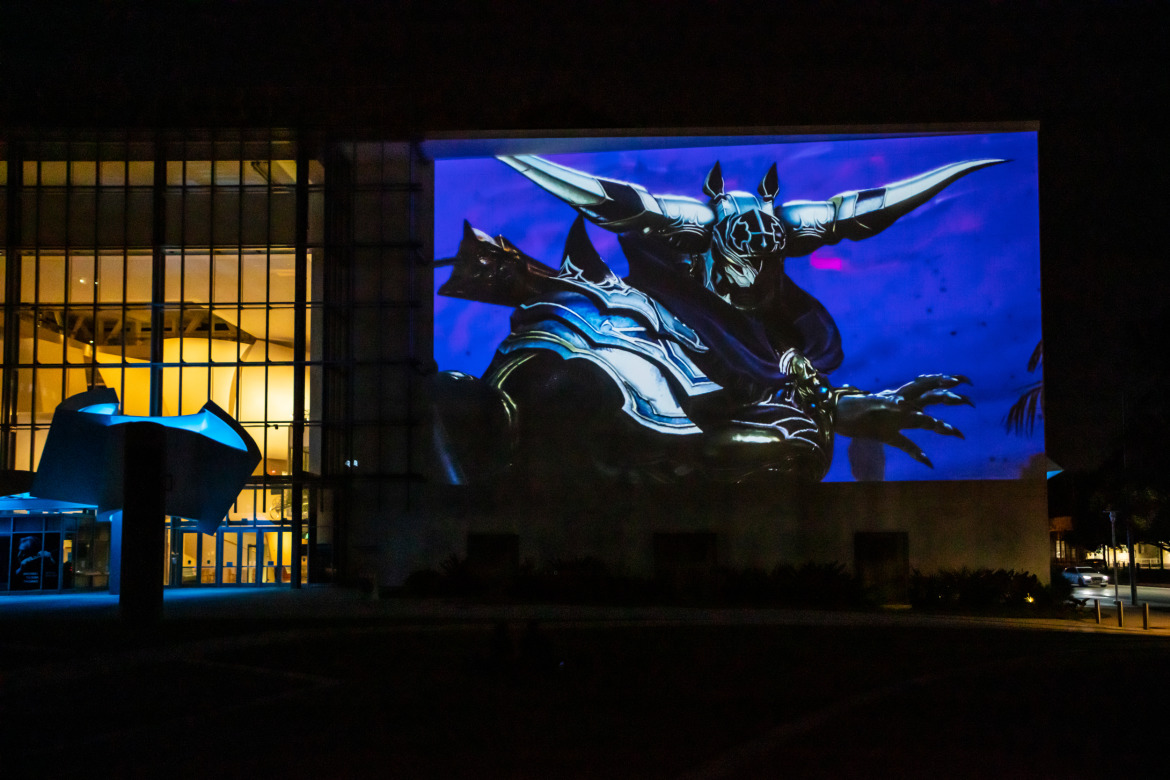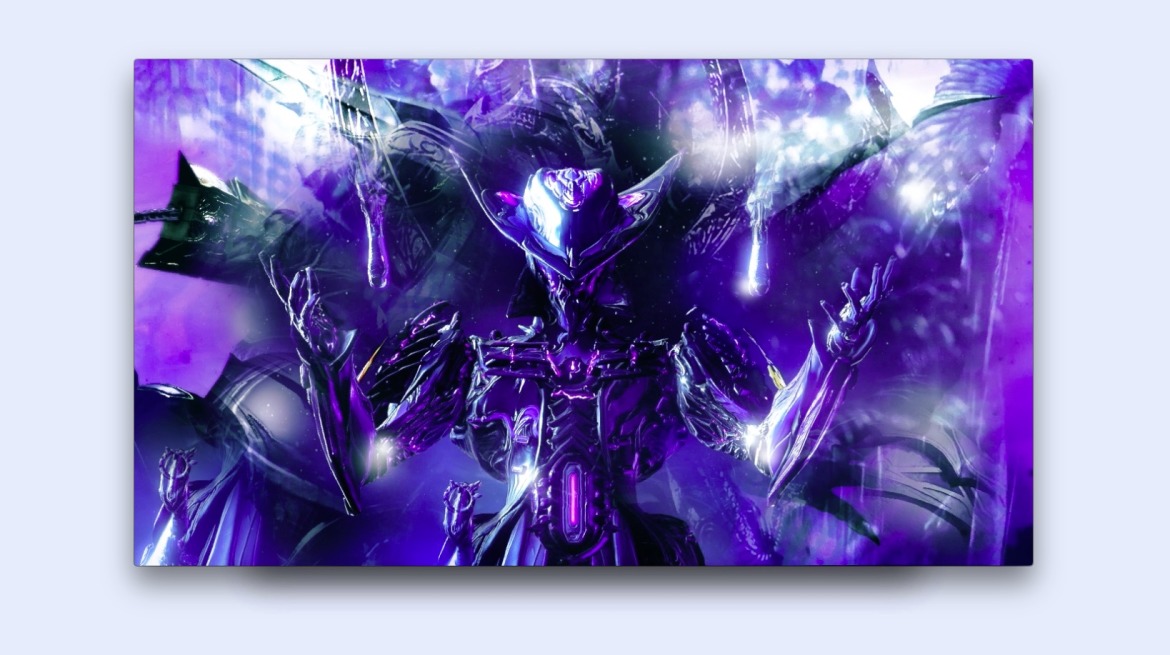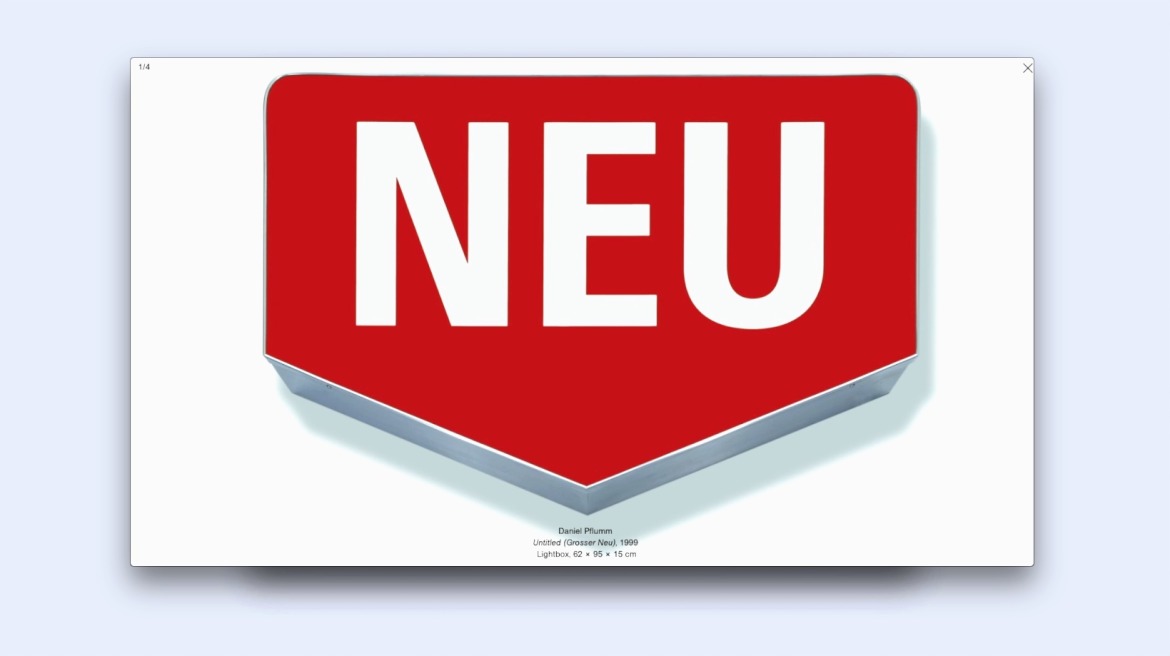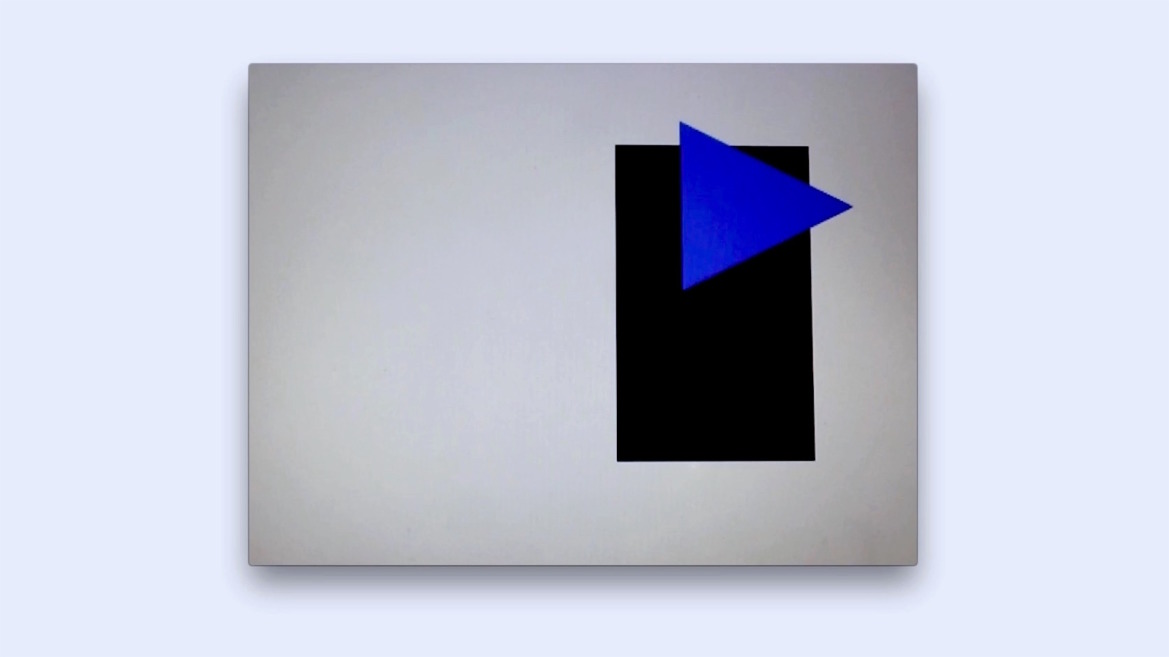
CAFE DURBAN, 2020, Installation view, Daata Art Fair Miami, hosted by The Bass Museum of Art, Miami, photo by Zaire Kacz

CAFE DURBAN, 2020, video and sound, 04:05 min

WATCHED AND RECORDED, 2010 -2020, archive of screen and sound recordings of the artist surfing through countless gallery websites, video and sound, loop, 16:9, various lengths (up to 10 min.), unique mp4 file, displayed and processed in various configurations —as installations, single and multi-channel projections

REBLOGGED FROM GOD’S ABACUS, 2007 - 2012, archive of screen and sound recordings of the artist scrawling through endless Tumblr profiles, video and sound, loop, 4:3 / 16:9, various lengths (up to 30 min.), unique mp4 file, displayed and processed in various configurations —as installations, single and multi-channel projections

FORMAL STRUCTURES, 2004 - 2015, archive of hand filmed sequences of photoshop drafts made by the artist, video and sound, 4:3, loop, various length (up to 3 min.), unique mp4 file, displayed in various configurations and cube-monitor installations
EXILE is pleased to participate in the Miami edition of Daata Fair with a solo presentation of 20 years of video by Patrick Panetta.
→Patrick Panetta interviewed by Chiara Moioli in Mousse Magazine
→To access Daata Fair please click to register
→Review by Colin Lang for Spike Magazine
Selected works:
CAFE DURBAN, 2020.
Dense layers of sci-fi fantasy graphics, collected by the artist over the years, scramble the screen with the sound of Death-Core band The Overmind. The simple layering of a song and images result in something which feels like an algorithm created by a juvenile eruption based on pre-existing data. An evolving preliminary step analyzing the complex sensory concepts of imagery and music. ‘Language is a Virus’ and ‘Words beget image and image is virus’.
The question is, what happens if the host becomes immune to its illness? What if creativity is just a synonym for “well-employed-strategic-decisions”? It should become clear that the terms of creativity, innovation, ingenuity or originality have been successfully assimilated into commercial and managerial practices, effectively nullifying their role in Art. Panetta’s work addresses artistic practice itself, questioning the act of the creative process, not surrendering to refusal, but to strive for what material could still contain usable potential.
WATCHED AND RECORDED, 2010-2020.
The actual intended idea behind a work of art becomes less and less the subject as the information device places itself in the forefront. Scrolling through the “latest” in the world of art, the websites’ design become almost cinematic, information on artists’ works, gallery, and more – becomes a blown up spectacle. The content of these websites surfaces as a mechanism to focus the viewer’s perception on a hyper-visuality. The experience becomes a flattened dimension suited and limited by the screen, becoming its own artwork. These videos are less produced rather extracted; a denial of the idea of artistic production – even a resignation that there is nothing new that can be produced. What feels like an appropriation of art at the beginning, is nothing more than a homage to the impossibility of a constant reinvention of art itself.
REBLOGGED FROM GOD’S ABACUS, 2007-2012.
In 2001 Patrick Panetta started capturing more or less random and banal material with an amateur digital camera. In the beginning he did so obsessively from mostly analog media sources such as, TV, magazines, photos, videotapes. From 2005 he extended the capturing to the emerging digital platforms. Over the years the practice of collecting hundreds of raw clips without intent, especially without improvement in terms of quality—or even content—became a effective working method for the artist, which can be understood as an adaptive mechanism, constantly filtering its surroundings for every bit of context, image and information, like an programmed Algorithm. From today’s point of view, it was a kind of premonition of what was to come—the over-abundance of recorded banality, the image bank as currency.
FORMAL STRUCTURES, 2004-2015.
Panetta’s retro-constructivist photoshop files are organized in layers and animated by pressing the arrow buttons on the keyboard. A blue triangle moves down, a black square moves towards another black square, a red triangle approaches a black rectangle. Each film’s soundtrack represents what the artist was listening to on the radio while filming. Each film’s outdated programming refers back to a time when Photoshop was at the height of digital manipulation; they seem like ancient digital mantras foreboding current uncertainties such as FaceApp or Deepfakes. The films also raise questions about progress—and lack of progress—within art and technology, while emulating a kind of modern crisis. Formal structures as whole series, somehow reenact the phases of abstract art, from its very beginnings to its never-ending repetition in the digital age.
Patrick Fabian Panetta (*1977) lives and works in Berlin. His work focuses on the consumption of imagery and their relation to power structures and socio-cultural hierarchies. Like a future anthropologist, Panetta analyses visual data as coded artefacts and metaphors in and of themselves. With precise analogy and often biting irony Panetta dissects the opulent abundance of imagery prevalent anywhere in contemporary visual culture but specifically within the art industrial complex. He analyses less than he performs a synthesis, rather than questioning it, he uses it as his material.









